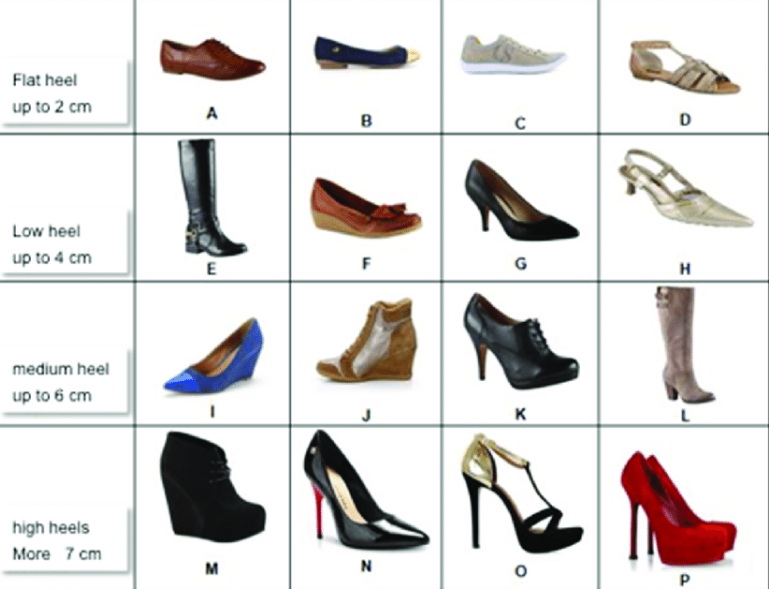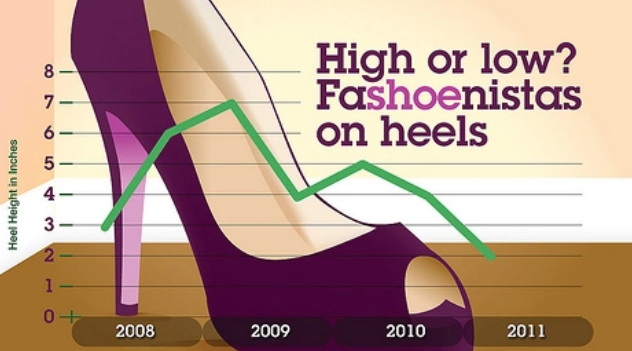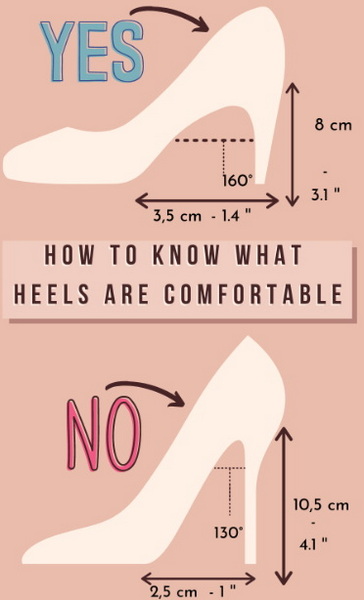Content Menu
● The Ancient Origins of Elevated Footwear
>> Ancient Egypt: The Birthplace of Heeled Sandals
>> Persia: The Practical Purpose of Heels
● The European Adoption of High Heels
>> The 16th Century: Heels as a Symbol of Masculinity
>> The Shift to Women's Fashion
● The Evolution of Women's High Heels
>> The 18th Century: The Birth of the Stiletto
>> The 19th Century: Technological Advancements
>> The 20th Century: The Golden Age of High Heels
● The Cultural Impact of High Heels
>> Fashion and Identity
>> Controversy and Criticism
● Modern Innovations in High Heel Design
>> Comfort-Focused Technologies
>> Sustainable and Ethical Production
● The Future of High Heels
● Conclusion
● FAQ
>> 1. Are high heels bad for your health?
>> 2. What is the ideal heel height for comfort?
>> 3. How can I make high heels more comfortable?
>> 4. When is the best time to buy high heels?
>> 5. How often should one wear high heels?
● Citations:
High heels have become an iconic symbol of femininity and fashion, but their origins are far more complex and surprising than many might imagine. This article delves into the fascinating history of high heels, tracing their evolution from practical footwear to a fashion statement, and exploring the various cultures and individuals who contributed to their development.

The Ancient Origins of Elevated Footwear
The concept of elevated footwear can be traced back to ancient civilizations, long before high heels became associated with women's fashion.
Ancient Egypt: The Birthplace of Heeled Sandals
High heels have roots dating back to around 3500 BCE in ancient Egypt. Both men and women wore heeled sandals, not for fashion, but for ceremonial and symbolic purposes[1]. These early elevated shoes were a status symbol, indicating the wearer's importance in society.
Persia: The Practical Purpose of Heels
The practical significance of high heels emerged in Persia (modern-day Iran) around the 9th century. Persian cavalrymen wore heeled boots to help secure their feet in stirrups while riding horses[2]. This functional aspect of heels played a crucial role in their spread to other cultures.
The European Adoption of High Heels
As trade and cultural exchange increased between the East and West, high heels made their way to Europe, where they underwent significant transformations.
The 16th Century: Heels as a Symbol of Masculinity
Contrary to modern associations, high heels were initially popularized in Europe as a symbol of masculinity and high social status. In the early 17th century, European aristocrats, particularly men, embraced high heels as a sign of power and wealth[9].
The Shift to Women's Fashion
Towards the end of the 17th century, the trend began to spread to women's fashion. By the 18th century, a clear distinction emerged between men's and women's heels. Men's heels became chunky and were primarily associated with riding boots or formal dress, while women's heels evolved into narrower, more pointed designs[9].

The Evolution of Women's High Heels
As high heels became increasingly associated with femininity, their design and cultural significance continued to evolve.
The 18th Century: The Birth of the Stiletto
The 18th century saw the emergence of slimmer, higher heels for women. The period from the 1750s to the 1760s introduced a skinnier, higher heel that would eventually evolve into the modern stiletto[9].
The 19th Century: Technological Advancements
The Industrial Revolution brought about significant changes in shoe production, allowing for more intricate and varied heel designs. This period saw the popularization of the "French heel," a curved heel that would later influence the development of the stiletto.
The 20th Century: The Golden Age of High Heels
The 1950s marked a significant turning point in the history of high heels. Technological advances allowed for the creation of thinner and higher heels, giving birth to the modern stiletto[1]. Iconic figures like Audrey Hepburn and Marilyn Monroe helped cement the high heel's status as a symbol of feminine allure and sophistication.
The Cultural Impact of High Heels
High heels have played a significant role in shaping cultural norms and perceptions of femininity.
Fashion and Identity
High heels have become an integral part of women's fashion, offering a means of self-expression and empowerment. Different styles of heels can convey various messages, from professional competence to sensuality.
Controversy and Criticism
Despite their popularity, high heels have faced criticism for their potential health impacts and the societal pressure on women to wear them. Some argue that the expectation to wear heels in certain professional settings perpetuates gender inequality.
Modern Innovations in High Heel Design
Contemporary designers continue to push the boundaries of high heel design, focusing on both aesthetics and comfort.
Comfort-Focused Technologies
Many brands now incorporate cushioning technologies and ergonomic designs to make high heels more comfortable for extended wear.
Sustainable and Ethical Production
There's a growing trend towards sustainable and ethically produced high heels, with designers using eco-friendly materials and fair labor practices.
The Future of High Heels
As fashion continues to evolve, so too will the design and cultural significance of high heels. We may see further innovations in comfort and sustainability, as well as a continued blurring of gender norms in fashion.
Conclusion
The history of high heels for women is a complex tapestry woven from threads of practicality, status, and cultural shifts. From their origins in ancient civilizations to their current status as a fashion staple, high heels have undergone numerous transformations. While no single individual can be credited with inventing high heels for women, their evolution has been shaped by countless designers, cultural influences, and technological advancements. As we move forward, it's likely that high heels will continue to adapt to changing societal norms and fashion trends, while remaining a powerful symbol of femininity and style.

FAQ
1. Are high heels bad for your health?
Constant wear of high heels can increase the risk of varicose veins and promote symptoms and complications. However, occasional use and proper foot care can mitigate these risks[7].
2. What is the ideal heel height for comfort?
A heel height of about 2-3 inches is generally considered the most comfortable. For higher heels, opting for a platform style can provide additional comfort[10].
3. How can I make high heels more comfortable?
Using gel insoles, ensuring proper fit, and practicing good walking posture can significantly improve comfort when wearing high heels[10].
4. When is the best time to buy high heels?
The end of the day is the best time to buy high heels, as your feet will have naturally swollen, ensuring a better fit for long-term wear[10].
5. How often should one wear high heels?
While there's no strict rule, it's important to listen to your body and alternate between different heel heights and shoe types to prevent foot strain[10].
Citations:
[1] https://londonrunway.co.uk/the-history-of-high-heels/
[2] https://shoefairyofficial.com/blogs/news/the-history-of-high-heels-10-facts-that-surprise-you
[3] https://study.com/cimages/videopreview/yi3ve8uxka.jpg?sa=X&ved=2ahUKEwiWtOzh4sGKAxULnokEHS9BJy4Q_B16BAgKEAI
[4] https://unsplash.com/s/photos/woman-high-heels
[5] https://www.youtube.com/watch?v=hJfpeEmtZ7U
[6] https://www.shoezone.com/Womens/Womens-Guide-To-Heels
[7] https://www.healthy-veins.com/posttype-faq/bad-wear-high-heeled-shoes/
[8] https://footwearmagazine.com/guide-to-understanding-high-heel-heights/
[9] https://en.wikipedia.org/wiki/High-heeled_shoe
[10] https://vivaglammagazine.com/your-questions-about-high-heels-answered/

















